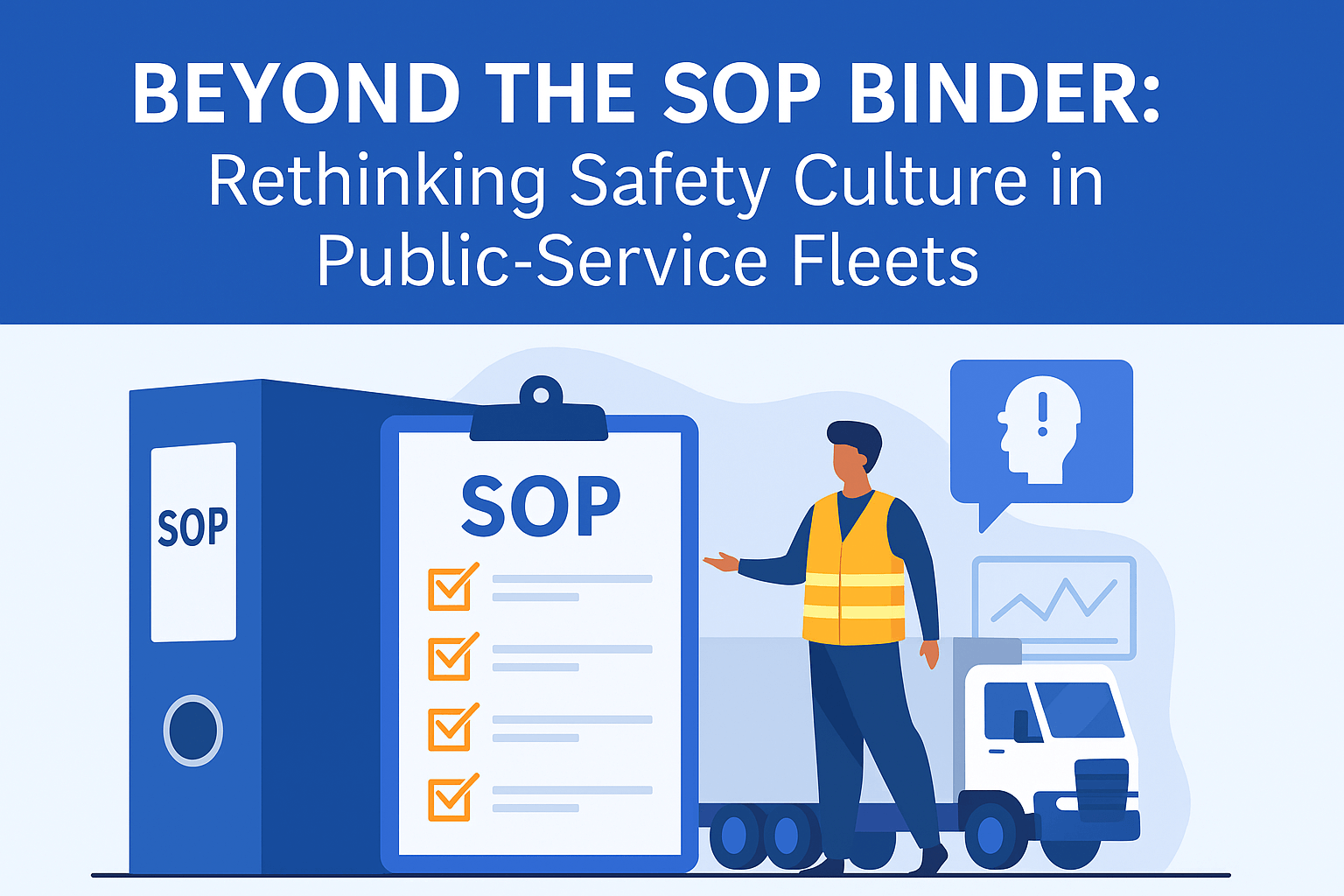
Safety on the road is of paramount importance, and for commercial drivers, compliance with CDL Hours of Service regulations is crucial. These regulations exist to prevent fatigue-related accidents and promote driver safety. But what do these regulations entail, and how can drivers ensure they’re staying compliant? This blog post will delve into the world of CDL Hours of Service, explaining its importance, various rules, exemptions, and penalties. We’ll also provide practical tips to help drivers stay compliant and maintain a safe driving environment.
Key Takeaways
- CDL Hours of Service regulations are designed to ensure road safety by limiting commercial drivers’ operating hours and providing rest break requirements.
- Adherence to the key CDL Hours of Service rules is essential for driver safety, preventing fatigue, and avoiding fines/penalties.
- Strategies such as accurate record keeping, route planning & ELD utilization can help promote compliance with CDL HOS regulations.
Understanding CDL Hours of Service

CDL Hours of Service regulations are designed to ensure safety on the roads by limiting the operating hours of commercial drivers and preventing driver fatigue. These regulations encompass rules for daily driving limits, rest break requirements, and duty cycles, all of which play a critical role in maintaining driver safety and reducing the risk of accidents.
Both truck drivers and carriers alike must adhere to these regulations, not only to ensure safety but also to comply with federal laws.
What are CDL Hours of Service?
CDL Hours of Service are regulations that dictate the driving and working hours of commercial vehicle operators in order to avert fatigue-related incidents and ensure safety. These rules differ for property-carrying and passenger-carrying drivers, with specific driving limits for each category.
These regulations aim to limit the duration that drivers can operate a vehicle, mandate rest intervals, and ensure drivers are adequately rested at the start of each shift.
Why do CDL Hours of Service matter?

Comprehending and following CDL Hours of Service regulations is crucial for the safety of not only the truck drivers but also all other road users. Non-compliance with these regulations can lead to fatigue-related accidents, posing a risk to both the driver and other road users.
Furthermore, violations of these regulations can result in fines, penalties, and potential impacts on safety ratings.
Key CDL Hours of Service Rules

The primary CDL Hours of Service rules include daily driving limits, rest break requirements, and duty cycles, which are essential to ensuring driver safety and preventing fatigue. These rules are designed to provide a balance between driving hours and off-duty time.
Adherence to these regulations allows drivers to guarantee adequate rest and alertness on the road, thereby reducing accident risks.
Daily Driving Limits
Daily driving limits vary for different types of commercial drivers. Property-carrying drivers are allowed to operate their truck for a maximum of 11 hours following 10 consecutive hours of off-duty time.
Passenger-carrying drivers, on the other hand, are permitted to drive for a maximum of 10 hours after 8 consecutive hours of off-duty time.
Knowledge of these limits and strategic planning is key to maintaining compliance with CDL Hours of Service regulations.
Rest Break Requirements
Rest is a crucial factor in ensuring driver safety, and CDL Hours of Service regulations mandate a 30-minute break for every 8 hours of on-duty time. This break requirement ensures that drivers receive adequate rest and can maintain alertness while on the road.
Incorporating these breaks into driving schedules aids drivers in preventing fatigue-related accidents and enhancing overall road safety.
Duty Cycles and Weekly Limits
Duty cycles determine the maximum driving and on-duty hours allowed within a specific time frame, such as 60 hours in 7 days or 70 hours in 8 days. These limits help prevent driver fatigue by ensuring that drivers have adequate rest between shifts.
Maintaining compliance with CDL Hours of Service regulations and promoting overall driver safety necessitates staying within these limits.
Who Must Follow CDL Hours of Service Regulations
CDL Hours of Service regulations apply to all commercial motor vehicle drivers and carriers, ensuring safety across the industry. These regulations are enforced by local law enforcement officials, making it crucial for drivers and carriers to remain compliant.
Comprehending and abiding by these regulations helps drivers maintain a secure driving environment and dodge penalties linked with non-compliance.
Commercial Motor Vehicle Drivers
Commercial motor vehicle drivers, operating various commercial motor vehicles, include truck and bus drivers who must adhere to CDL Hours of Service regulations. These hours truck drivers are responsible for transporting goods and passengers, and their compliance with these service regulations is essential for ensuring safety on the roads.
Understanding the specific rules and limits applicable to their vehicle type and operation enables commercial drivers to comply with regulations and minimize accident risks.
Carrier Types
Different carrier types, such as interstate and intrastate carriers, are subject to specific CDL Hours of Service rules. Familiarizing themselves with these rules is crucial for drivers and carriers alike to ensure compliance and promote safety on the roads.
Recognizing the regulations relevant to their specific operations enables drivers and carriers to foster a secure driving environment and evade penalties linked to non-compliance.
Exemptions and Exceptions to CDL Hours of Service

While CDL Hours of Service regulations are essential for promoting safety, there are exemptions and exceptions available for certain situations, such as short-haul operations, adverse driving conditions, and emergency situations.
These exemptions and exceptions are designed to provide flexibility for drivers and carriers in specific circumstances while still maintaining overall safety and compliance with regulations.
Short-Haul Exemptions
Short-haul exemptions apply to drivers operating within a specific radius, allowing for more flexible driving hours. These exemptions include the Standard (100 Air-Mile Radius) rule, which limits driving to 11 hours within a 12-hour day, and the Non-CDL (150 Air-Mile Radius) rule, which limits driving to 11 hours within a 14-hour day.
Comprehending and following these exemptions allows short-haul drivers to comply with CDL Hours of Service regulations while enjoying more flexibility in their driving schedules.
Adverse Driving Conditions Exception
The adverse driving conditions exception permits drivers to extend their driving time in challenging weather or road conditions. This exception allows for an extension of the driving limit or on-duty limit by a maximum of two hours, providing drivers with additional time to safely navigate difficult driving conditions.
Understanding and applying this exception when required aids drivers in adhering to CDL Hours of Service regulations and enhancing safety in adverse conditions.
Emergency Situations
Emergency situations may temporarily suspend CDL Hours of Service regulations for drivers assisting in relief efforts, such as responding to natural disasters or other public safety emergencies. This exemption allows drivers to focus on providing essential assistance in emergency situations without being penalized for non-compliance with regulations.
Understanding the situations where this exemption is applicable allows drivers to comply with regulations while providing essential aid during crisis times.
Electronic Logging Devices (ELDs) and CDL Hours of Service Compliance

Electronic Logging Devices (ELDs) play a crucial role in ensuring compliance with CDL Hours of Service regulations. An electronic logging device offers the following benefits:
- Automatically capture a driver’s drive status
- Provide real-time data on their hours of service
- Ensure accurate record-keeping
- Promote compliance with service regulations
The use of ELDs allows drivers to adhere to CDL Hours of Service regulations, enabling them to concentrate on secure, efficient driving.
Benefits of ELD’s
ELDs offer numerous benefits for drivers and carriers, including accurate record-keeping, reduced paperwork, and real-time monitoring of driving hours. By automating the process of tracking and recording driver logs, ELDs eliminate the need for manual logbooks and reduce the likelihood of errors.
In addition, ELDs provide the following benefits:
- Alerts when a driver is nearing their hours of service limit, allowing them to take corrective action before exceeding the limit
- Helps drivers comply with CDL Hours of Service regulations
- Enhances overall road safety
ELD Mandate and Exemptions
The ELD mandate requires most commercial drivers to use ELDs for tracking hours of service, ensuring accurate record-keeping and compliance with regulations. However, there are some exemptions available, such as short-haul exemptions, the adverse driving conditions exception, and emergency situations.
Recognizing the requirements of the ELD mandate and potential exemptions, drivers can use appropriate tools to comply with CDL Hours of Service regulations, including adhering to hos regulations.
Penalties for CDL Hours of Service Violations

Penalties for violating CDL Hours of Service regulations can be severe, impacting both drivers and carriers. Non-compliance with these regulations can result in fines, penalties, and even suspension or revocation of a driver’s CDL.
Understanding the consequences of non-adherence and taking proactive measures to comply with CDL Hours of Service regulations helps drivers and carriers avoid penalties and foster a secure driving environment.
Fines and Penalties
Fines and penalties for non-compliance with CDL Hours of Service regulations can be costly and may result in a driver or carrier being placed out of service. Penalties can range from a few hundred dollars to several thousand dollars, and serious violations can even result in imprisonment.
Maintaining compliance with these regulations enables drivers and carriers to evade penalties and concentrate on enhancing safety on the roads.
Impact on Safety Ratings
Violations of CDL Hours of Service regulations can negatively impact a driver’s or carrier’s safety rating, affecting their reputation and business opportunities. A poor safety rating can make it difficult for drivers and carriers to secure contracts and insurance coverage, ultimately impacting their bottom line.
Adhering to CDL Hours of Service regulations and maintaining a robust safety record enables drivers and carriers to protect their reputations and sustain their industry success.
Tips for Staying Compliant with CDL Hours of Service Regulations

Maintaining compliance with CDL Hours of Service regulations is essential for ensuring safety and avoiding penalties. Keeping accurate records, effectively planning routes and breaks, and utilizing ELDs enable drivers to comply with these regulations, promoting a safe driving environment.
Staying informed about any changes to regulations and seeking assistance when needed can also help drivers maintain compliance and avoid costly mistakes.
Record Keeping and Logbooks
Keeping detailed logbooks and using ELDs can help drivers stay compliant with CDL Hours of Service regulations. Accurate record-keeping is essential for monitoring driving time and ensuring that drivers adhere to the required rest breaks and driving limits.
Maintaining a detailed logbook and using ELDs to track service hours allows drivers to reduce errors and ensure their records correctly represent their duty status.
Planning Routes and Breaks
Planning routes and breaks strategically can ensure drivers adhere to driving limits and rest break requirements, promoting safety and compliance. Considering factors such as distance, traffic conditions, and road closures can help drivers plan their trips efficiently and identify appropriate rest areas and truck stops for breaks.
Incorporating regular breaks into driving schedules helps drivers prevent fatigue and enhance overall road safety.
In Conclusion
In conclusion, adhering to CDL Hours of Service regulations is essential for maintaining safety on the roads and ensuring compliance with federal laws. By understanding the rules and limits that apply to their specific type of vehicle and operation, commercial drivers can maintain compliance and reduce the risk of accidents. Utilizing ELDs, keeping accurate records, and planning routes and breaks effectively can all help drivers stay compliant with these regulations. By prioritizing safety and compliance, drivers and carriers can continue to thrive in the industry and contribute to a safer driving environment for all.
Frequently Asked Questions
How many hours can a local CDL driver drive?
A local CDL driver is only allowed to drive a maximum of 11 hours within a 14-hour period, and must take a 10-hour break after the 14th consecutive hour on duty. This rule is in place to ensure that drivers are not overworked and are able to get the rest they need to stay safe on the road. It is important for drivers to be aware of this rule and to follow it in order to remain compliant with the law.
How does the 14-hour rule work?
The DOT 14-hour rule is a law that states commercial drivers must fit all their driving time for the day into a 14-hour shift and take a mandatory ten hours off-duty period afterwards. This ensures that drivers are working within safe and legal limits to ensure public safety.
What is the 8/2 split rule?
The 8/2 split rule requires that truck drivers take a two-hour break after six hours of driving, in accordance with new Federal Motor Carrier Safety Administration Hours of Service rules. This rule is designed to ensure that drivers are well-rested and alert while on the road, and to reduce the risk of accidents due to fatigue
How does the 7 3 split work?
Under the 7-3 split regulations, drivers must spend seven consecutive hours in the sleeper berth followed by three consecutive hours off duty.
What is the dot 2 hour rule?
The ‘dot 2 hour rule’ refers to the Split Sleeper Berth rule which allows drivers to split their ten-hour off-duty period into two shifts: 8/2 or 7/3. For the 8/2 shift, 8-10 hours must be spent in the sleeper berth while the other 2-8 hours can be used for any off-duty activity. This rule is designed to give drivers more flexibility in their schedules and to help them get the rest they need to stay safe on the road. It also helps to reduce fatigue and improve driver alertness.







